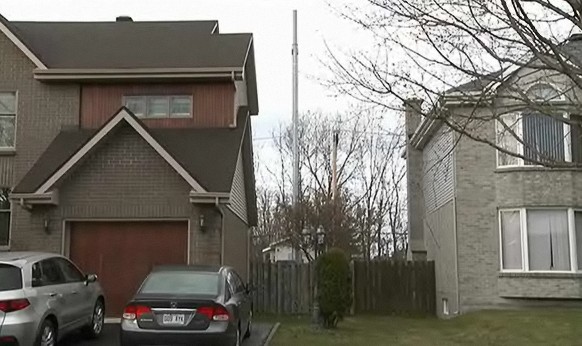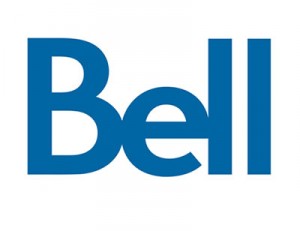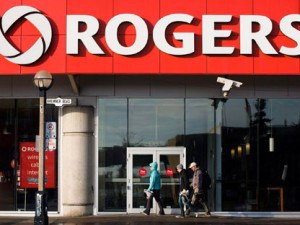
This nearly 15 meter monopole cell tower antenna just showed up one day in the backyard of this Kirkland, PQ resident, who is presumably being compensated up to $200 a month as Rogers' newest cell tower landlord.
Rogers Communications has found a solution to difficult zoning laws and cell tower controversy — find a homeowner willing to accept around $200 a month to host a (relatively) short cell tower antenna in their backyard, skirting the usual dragged-out cell tower siting consultations most local communities have enacted to control visual pollution.
A wealthy neighborhood in the community of Kirkland, a city of 20,000 near Montreal, discovered Rogers’ ingenuity for themselves when a just-under-50-foot monopole antenna suddenly appeared in the backyard of a home on Acres Street.
The neighbors are outraged. But Rogers says everything they did erecting the tower with no prior notice was done by the book.
That book, in the form of Industry Canada regulations, says Rogers doesn’t need to endure lengthy zoning hearings or a town-wide consultation process. Rogers agrees, stating they can erect antennas of less than 15 meters at their pleasure — no consultation required.
Rogers spokesperson Stephanie Jerrold said Industry Canada regulations are clear: “The protocol says that if it’s a tower that measures under 15 meters, no public consultation is needed,” she said.
That may be true, but the loophole did nothing to appease dozens of nearby residents living in homes valued at $400,000 from raising a ruckus with local officials. A petition has been submitted to city hall demanding Rogers remove the antenna. Residents expressed concerns about their health and property values with a cell tower in their midst.
Rogers foreshadowed their intent last fall when they mailed letters to homeowners looking for someone to host the new antenna, offering around $200 a month to any takers. Evidently there was one — the resident at 75 Acres St.
 City officials are pondering what to do about the new tower. They did not approve a work permit for its placement, which may provide leverage against Rogers, but no one knows for sure.
City officials are pondering what to do about the new tower. They did not approve a work permit for its placement, which may provide leverage against Rogers, but no one knows for sure.
Thus far, Industry Canada wants to remain more than 15 meters away from the debate. A spokesman for the agency, Antoine Quellon, told the West Island Gazette:
“The company must consult with the local community as required and address relevant concerns. It must also satisfy Industry Canada’s general and technical requirements, including Health Canada’s Safety Code 6, aeronautical safety, interference protection and environmental requirements. Under rare circumstances where an agreeable solution for a site is not possible, Industry Canada may need to make a determination based on the facts presented.”
[flv width=”400″ height=”380″]http://www.phillipdampier.com/video/CBC Montreal Backyard cell tower in Kirkland worries neighbours 4-11-12.flv[/flv]
CBC in Montreal covered the Kirkland controversy and talked with the neighbors about the new 50 foot pole owned by Rogers Communications. (2 minutes)


 Subscribe
Subscribe





